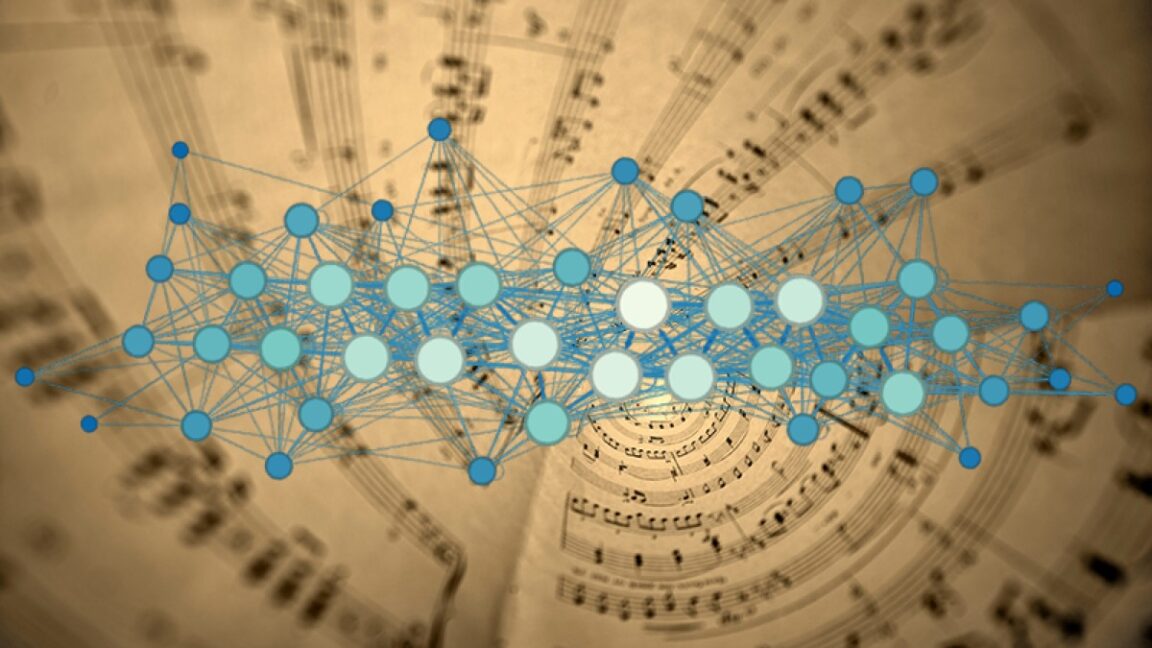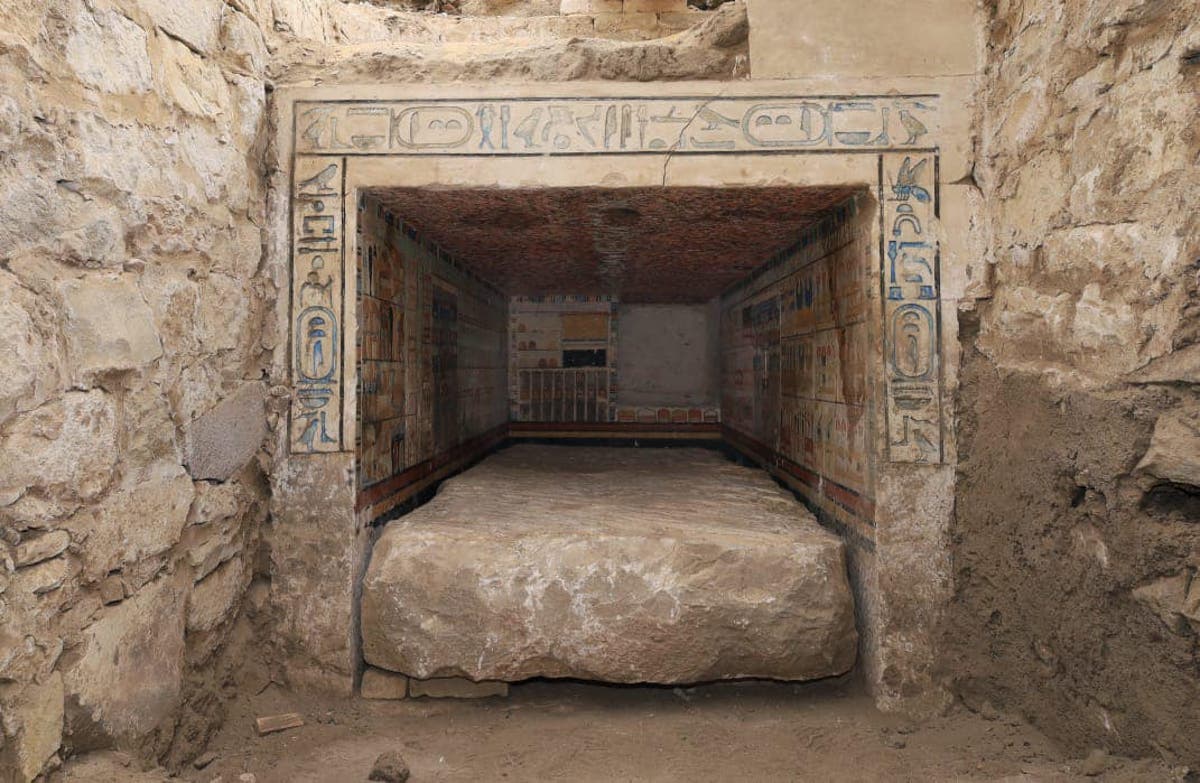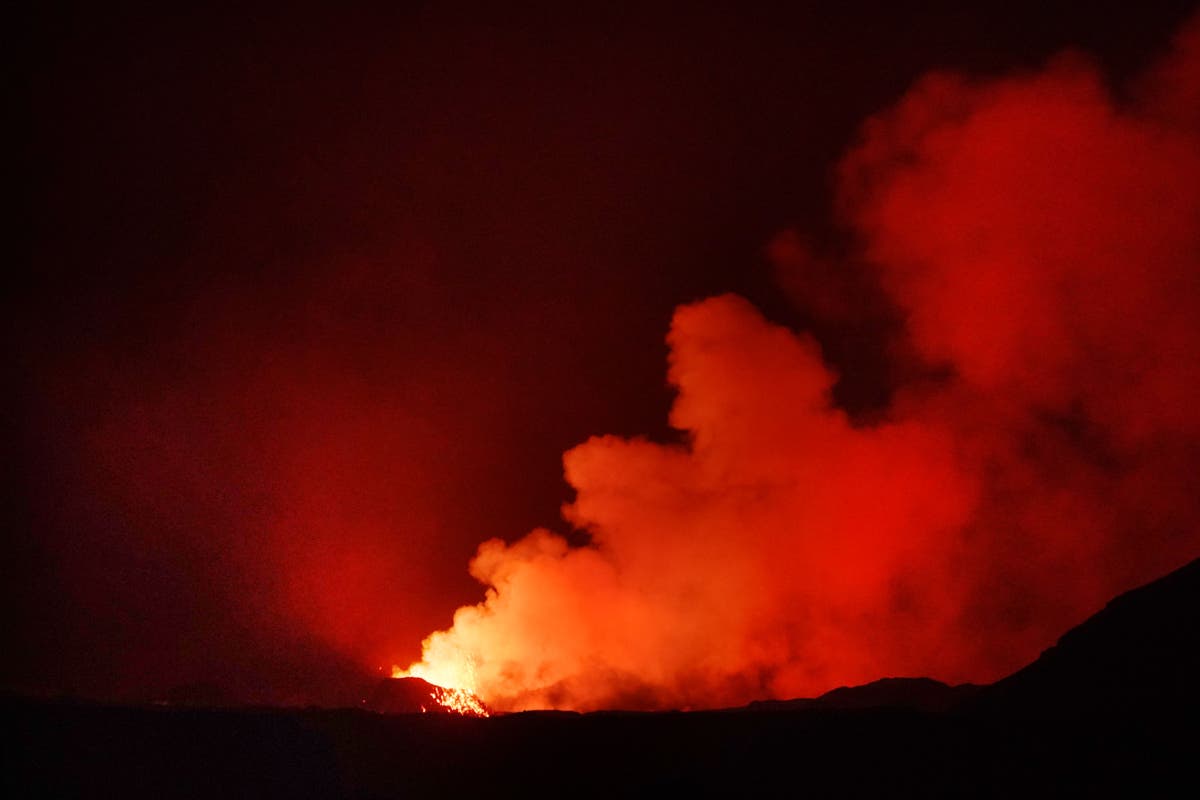This year, researchers delved into a diverse array of topics, from the physics behind kinetic art to the moral complexities of online forums. Ten compelling studies emerged at the intersection of science and culture, offering fresh perspectives on historical practices, artistic expressions, and even everyday experiences. These studies utilized various scientific methods, including experimental archaeology, fluid dynamics, network theory, and DNA analysis, to shed light on human behavior and the natural world.
One such study explored Bronze Age combat through reenactment, providing insights into the weapons and techniques of that era. Researchers reconstructed spears and shields based on archaeological finds, then engaged in combat scenarios, noting the wear patterns on the weapons. These findings aligned with historical artifacts, providing practical evidence of Bronze Age combat practices and skill requirements.
Transitioning to the realm of art and physics, another investigation examined the kinetic sculptures of Ned Kahn. Physicists used video analysis and wind tunnel experiments to explore the underlying mechanisms of Kahn’s moving facades. They discovered that the kinetic patterns were driven by propagating waves, confirming the physics behind these visually captivating structures.
Shifting to the everyday, a study revealed an unexpected link between brewing coffee and fluid turbulence. Using statistical mechanics, researchers found that the flow of water through coffee grounds mirrors the way turbulent patches develop in pipes. The researchers discovered that these patches behave like traffic jams and that there is a specific sweet spot for optimal coffee brewing that matches laminar-turbulent transition.
Another team of researchers applied network theory to the music of Johann Sebastian Bach, quantifying information content in his complex compositions. They analyzed the transition between notes, finding that Bach’s works effectively communicate information to listeners through clustering and repetition. The study also indicated the more complex pieces had higher information entropy.
Turning towards social dynamics, researchers analyzed Reddit's AITA forum to uncover prevailing moral dilemmas. The study identified themes of relational transgression and omission, further categorizing dilemmas based on common concerns like harm, honesty and fairness. The analysis revealed that moral judgments are highly context-dependent, functioning as a relational toolkit.
The fractal patterns in trees, both real and depicted in art, also came under scrutiny. Researchers found that while natural tree branching adheres to Murray's Law, with a scaling exponent of 3, abstract artwork by Piet Mondrian surprisingly also shows a fractal scaling of 3. The finding suggests that artists have an innate understanding of complex geometric relationships, even if they're not explicitly aware of them.
In a historical context, scientists successfully identified descendants of George Washington using advanced DNA sequencing technologies. These new methods, designed for degraded remains, allowed them to confirm ancestry and can also improve identification of fallen soldiers. Separately, forensic scientists also identified a victim of the 1921 Tulsa massacre via DNA matching.
Inspired by Spider-Man, researchers at Tufts University developed a web-slinging technology using bio-inspired silk fibers. They shot a liquid silk solution which then solidified into fibers, able to adhere to and lift objects. While not as strong as spider silk, this is a significant step towards potential technological applications.
Further exploring astronomical events, scientists examined the remnant of a 12th-century supernova, uncovering new information about the unusual filaments emanating from a zombie star at its center. Using new spectrographic technology, scientists were able to determine the age and movement of the gas and dust.
Finally, musicologists unearthed a "lost" 16th-century musical score from a Scottish manuscript. Researchers were able to reconstruct the fragment to allow for listening of sounds from the period. This "Eureka" moment provides further insight into the musical traditions of the past.
These ten studies represent a small sample of the fascinating research conducted this year. Each project has furthered our understanding of the world and culture, illustrating the diverse impact of scientific inquiry.







